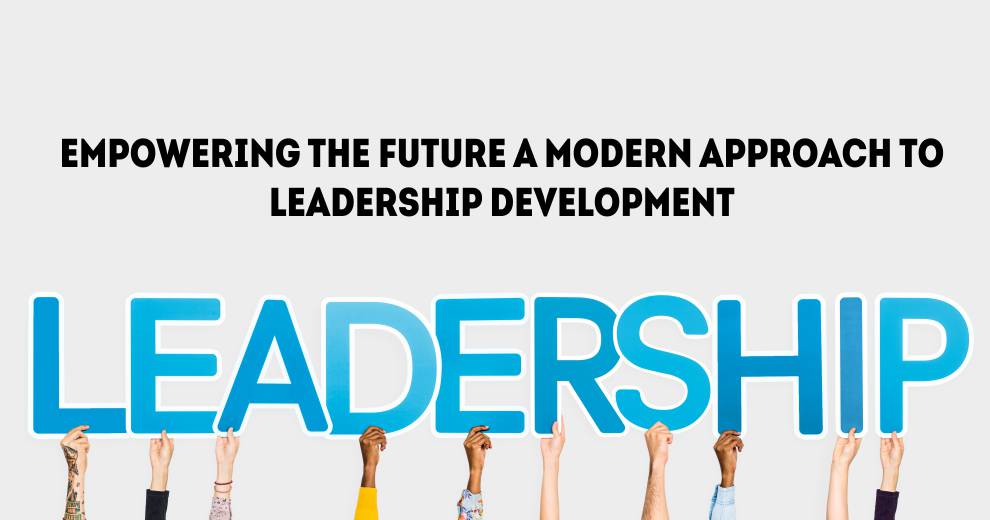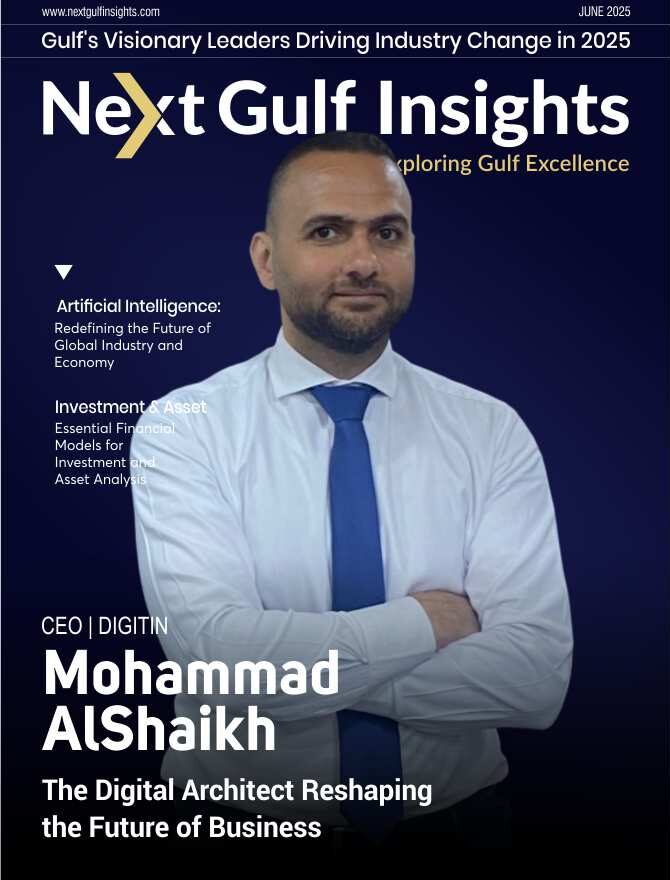A well-structured leadership development plan is essential to ensuring a strong pipeline of future leaders. The sustained growth and long-term success of any organization are intrinsically tied to the continuous development and evolution of its leadership. A strategic leadership plan outlines the necessary steps to identify, nurture, and prepare the next generation of leaders who can drive organizational performance in an ever-changing landscape.
From Performance to Strategic Leadership
In many organizations, individuals ascend the leadership ladder by consistently demonstrating high performance, ambition, and problem-solving capabilities. While these traits are valuable, they do not inherently equate to strategic leadership. Strategic leaders are cultivated through consistent practice, critical thinking, and, most importantly, autonomy.
To foster strategic leadership, top executives must delegate authority and distribute decision-making power across the organization. Empowering employees at all levels creates opportunities for potential leaders to make meaningful decisions, take calculated risks, and learn from the outcomes. This empowerment enhances collective intelligence, resilience, and organizational agility by drawing on diverse perspectives from beyond the traditional leadership hierarchy.
Talent Assessment and Identification
Organizations with established leadership development programs often utilize formal talent pools and structured assessment methods. However, many businesses still lack systematic procedures to identify high-potential individuals. Proactively assessing and identifying emerging talent is a foundational step in building an effective leadership pipeline.
Encouraging Transparency and Open Communication
Traditional hierarchical models, often inherited from military structures, are designed to restrict the flow of information. In such models, limited access to information equates to power. However, when information is shared on a “need-to-know” basis, employees are left to make decisions without a full understanding of the organizational strategy, limiting innovation and effectiveness.
Fostering a culture of transparency builds trust, encourages informed decision-making, and empowers individuals to challenge ideas constructively. Leaders who openly share strategic insights promote clarity, alignment, and employee engagement across all levels of the organization.
Leveraging Professional Networks
A robust professional network is a critical asset in any leader’s development journey. Building and nurturing relationships with peers, mentors, and industry professionals provides valuable feedback, fosters collaboration, and enhances leadership capabilities.
Courses such as Leadership Principles emphasize these interactions by incorporating peer-to-peer feedback and real-world scenario simulations to refine leadership behaviors and communication skills.
Prioritizing Experience-Based Learning
Leadership cannot be developed solely in a classroom. While traditional training programs are valuable for building foundational managerial skills, real growth occurs through hands-on, experiential learning. Leaders must be given the chance to apply their knowledge in real-world settings to fully develop strategic thinking and problem-solving capabilities.
Organizations should create opportunities for emerging leaders to engage in stretch assignments, cross-functional projects, and role rotations that simulate real challenges and promote growth through experience.
Delegate with Purpose, Empower with Trust
One of the most powerful strategies to engage and develop leaders is to delegate meaningful responsibilities. Trusting individuals with critical tasks instills confidence and fosters accountability. Empower your team by providing both the responsibility and authority needed to achieve results. This not only cultivates leadership skills but also promotes a culture of ownership and innovation.
A Continuous Journey of Growth
Leadership is not a destination, but a lifelong journey. Great leaders embrace ongoing learning, adapt to evolving demands, and consistently refine their skills. As organizations navigate the post-pandemic landscape, HR and business leaders must remain agile, rethink outdated practices, and embrace digital and cultural intelligence to lead effectively in a rapidly shifting environment.
Above all, organizations must not lose sight of their people—especially the next generation of leaders. While today’s environment may seem uncertain, it is also filled with opportunity. By investing in comprehensive leadership development plans, companies can ensure that future leaders are equipped to rise to the occasion, drive transformation, and shape a successful tomorrow.










